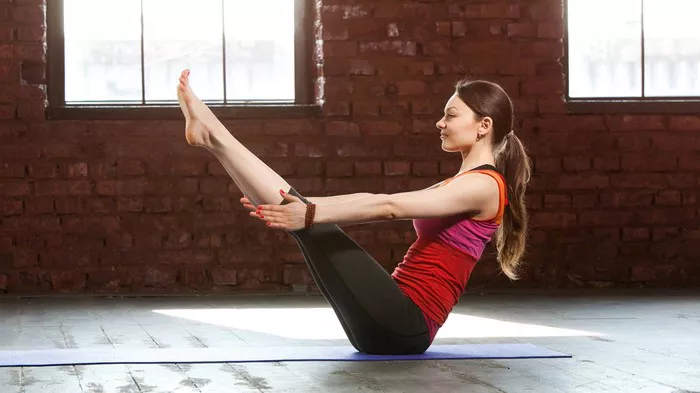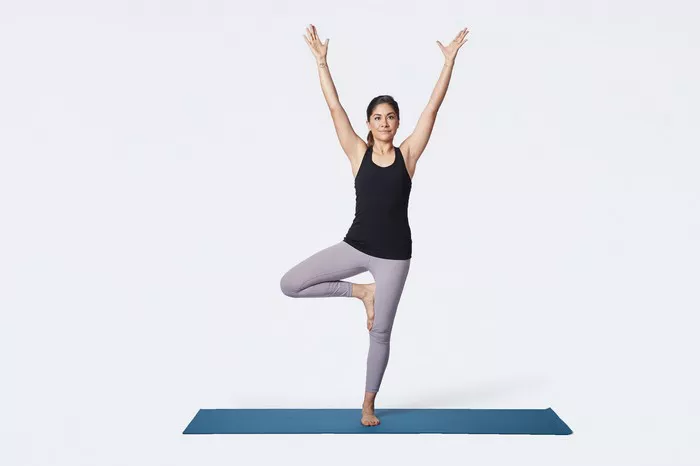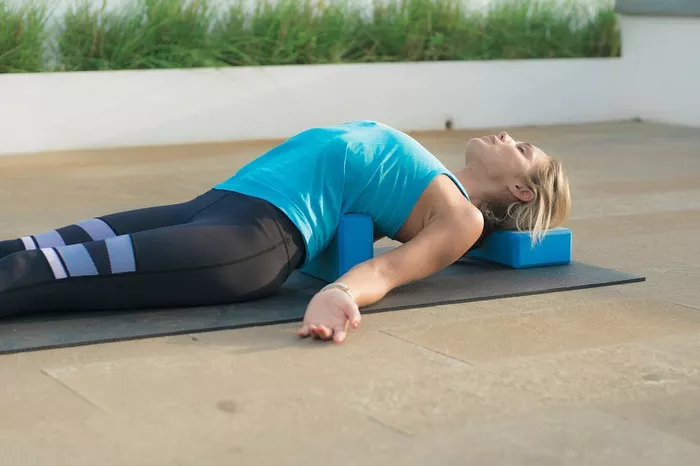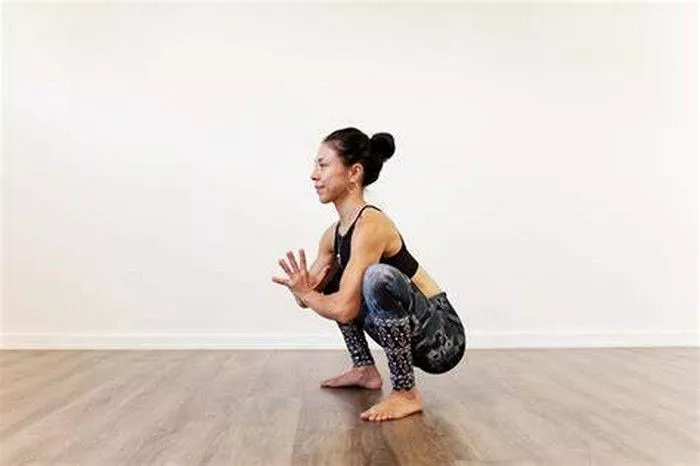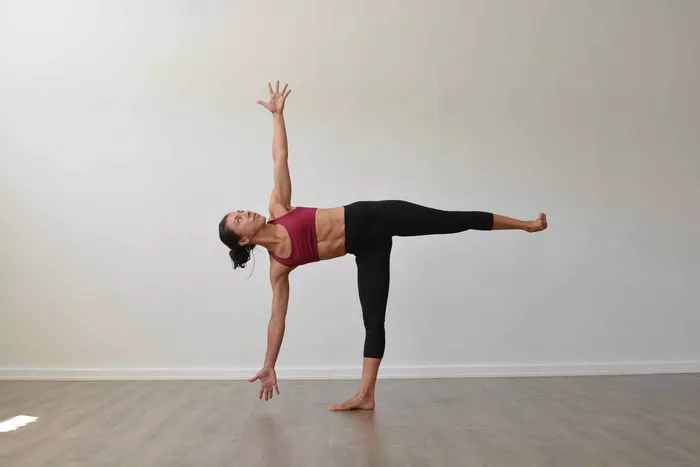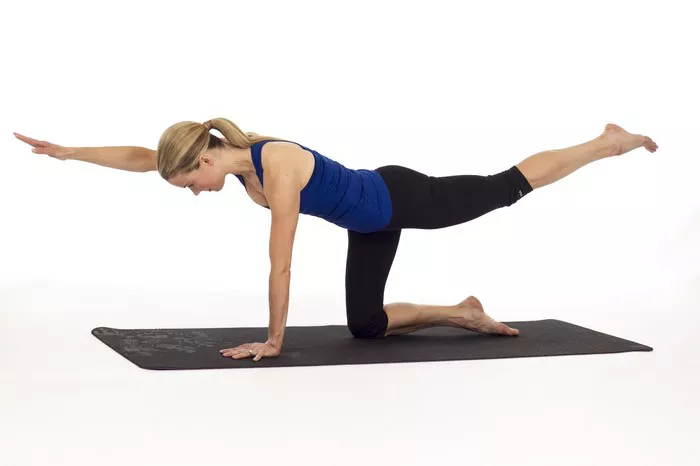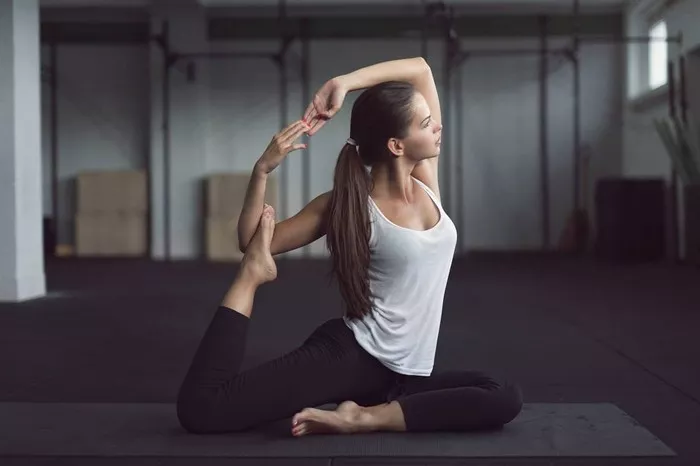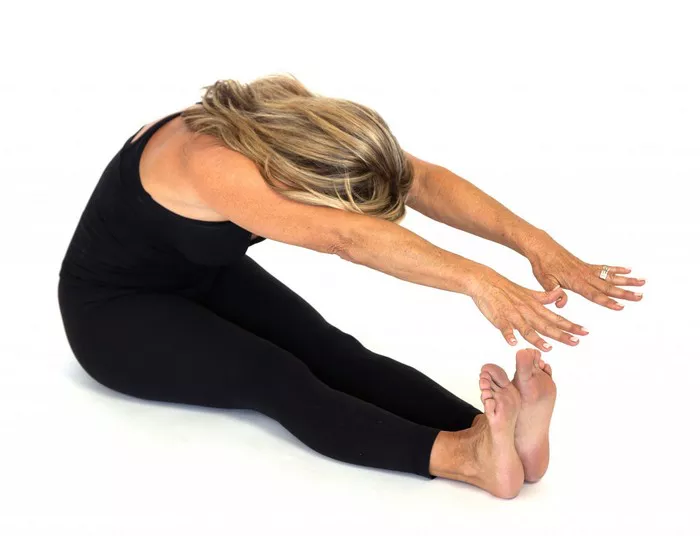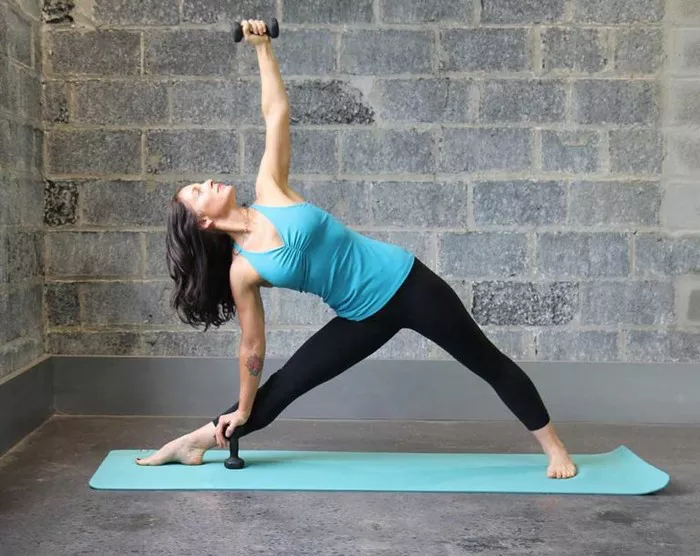In the pursuit of physical fitness and wellness, the desire for a flat stomach ranks high on many people’s lists. With the prominence of social media influencers flaunting toned midsections, the quest for a flat stomach has become a ubiquitous goal. While various exercise regimens promise to sculpt the abdominal muscles, yoga stands out as a holistic approach that not only targets the core but also nurtures overall well-being. In this comprehensive guide, we delve into the efficacy of yoga in achieving a flat stomach, dispelling myths and uncovering the science behind this ancient practice.
Understanding the Core: Beyond Surface Aesthetics
Before delving into the specific yoga poses and practices for a flat stomach, it’s essential to understand the significance of the core muscles. The core encompasses more than just the visible abdominal muscles; it includes the pelvic floor muscles, obliques, lower back muscles, and deep stabilizers such as the transverse abdominis. Beyond aesthetics, a strong core is vital for maintaining proper posture, supporting the spine, and enhancing functional movement.
Contrary to popular belief, achieving a flat stomach is not solely contingent on endless crunches or targeted spot reduction exercises. While these exercises may strengthen superficial muscles, they often neglect deeper core muscles and fail to address overall body composition and posture. Yoga, with its focus on alignment, breath awareness, and mindful movement, offers a holistic approach to core strengthening that yields lasting results.
The Science Behind Yoga and Core Strength
Numerous studies have elucidated the efficacy of yoga in improving core strength and stability. A 2015 study published in the Journal of Physical Therapy Science found that participants who practiced yoga for eight weeks experienced significant improvements in core endurance and muscle activation compared to a control group. Similarly, a 2016 study in the International Journal of Yoga demonstrated that specific yoga poses elicited greater activation of deep core muscles than traditional abdominal exercises like crunches.
The dynamic nature of yoga engages multiple muscle groups simultaneously, fostering integrated strength rather than isolated muscle contraction. Poses such as Plank, Boat Pose (Navasana), and Side Plank (Vasisthasana) require engagement of the entire core, including the rectus abdominis, obliques, and transverse abdominis, while also recruiting stabilizing muscles in the shoulders, hips, and legs. Moreover, the emphasis on mindful movement and breath awareness cultivates a deeper connection to the body, enhancing proprioception and coordination.
Yoga for Core Activation and Engagement
Incorporating yoga into your fitness routine can be instrumental in sculpting a flat stomach and cultivating overall core strength. Below are several key yoga poses and practices specifically tailored to target the core muscles:
1. Plank Pose (Phalakasana): Begin in a push-up position with hands shoulder-width apart and wrists aligned under shoulders. Engage the core, draw the navel towards the spine, and maintain a straight line from head to heels. Hold for 30 seconds to one minute, focusing on steady breath and active engagement of the abdominal muscles.
2. Boat Pose (Navasana): Sit on the floor with legs extended and feet together. Lean back slightly, balancing on the sit bones, and lift the legs to a 45-degree angle from the ground. Extend the arms parallel to the floor, palms facing each other. Keep the chest lifted and the spine long, engaging the core to maintain balance. Hold for 30 seconds to one minute, breathing deeply.
3. Side Plank (Vasisthasana): Begin in a plank position, then shift weight onto the right hand and outer edge of the right foot, stacking the left foot on top. Lift the left arm towards the ceiling, creating a straight line from heels to head. Engage the core and lift the hips, avoiding sinking or collapsing. Hold for 30 seconds to one minute, then switch sides.
4. Bicycle Crunches: Lie on your back with knees bent and hands behind the head. Lift the shoulders off the mat, engaging the core, and bring the right elbow towards the left knee as you extend the right leg straight. Alternate sides in a fluid, cycling motion while maintaining steady breath and core engagement.
5. Downward-Facing Dog (Adho Mukha Svanasana): Begin on hands and knees, tuck the toes, and lift the hips towards the ceiling, forming an inverted V shape with the body. Press firmly into the hands and feet while engaging the core to lengthen the spine. Hold for 30 seconds to one minute, focusing on deep breaths and active engagement of the abdominal muscles.
Beyond Asana: Harnessing the Power of Breath and Mindfulness
While the physical practice of yoga undoubtedly strengthens the core muscles, its transformative potential extends beyond the mat. Integrating breathwork (pranayama) and mindfulness techniques into your yoga practice enhances awareness of the mind-body connection, facilitating deeper engagement of the core muscles and promoting overall well-being.
Practicing diaphragmatic breathing, where the breath originates from the belly rather than the chest, engages the transverse abdominis and promotes relaxation of the pelvic floor muscles. Incorporating breath awareness into yoga poses fosters greater stability and control, enabling you to access deeper layers of core strength.
Mindfulness, or the practice of non-judgmental awareness of the present moment, is inherent to yoga philosophy. Cultivating mindfulness both on and off the mat enhances body awareness, reduces stress, and encourages healthier lifestyle choices. By approaching your yoga practice with intention and presence, you can maximize its benefits for core strength and overall vitality.
Nutrition and Lifestyle Considerations
While yoga offers potent tools for core strengthening and overall well-being, achieving a flat stomach also entails attention to nutrition and lifestyle factors. A balanced diet rich in whole foods, lean proteins, fruits, and vegetables supports muscle development and reduces excess body fat. Avoiding processed foods, excessive sugar, and alcohol can further enhance results and promote a leaner physique.
In addition to dietary considerations, maintaining an active lifestyle outside of yoga practice complements core strengthening efforts. Incorporating cardiovascular exercise, such as brisk walking, cycling, or swimming, aids in calorie expenditure and fat loss, contributing to a more defined abdominal area. Adequate sleep, stress management, and hydration are also crucial components of a holistic approach to health and fitness.
Conclusion
In conclusion, the quest for a flat stomach is not merely about aesthetics but encompasses a holistic journey towards core strength, vitality, and overall well-being. While yoga serves as a powerful tool for sculpting the abdominal muscles, its benefits extend far beyond surface appearances. By embracing a regular yoga practice that incorporates core-focused poses, breathwork, and mindfulness techniques, you can cultivate a deeper connection to your body and unlock its innate potential for strength and resilience.
As with any fitness endeavor, consistency, patience, and self-compassion are paramount. Embrace the journey to core strength as an opportunity for growth and self-discovery, honoring your body’s unique capabilities and limitations. With dedication and mindful practice, you can achieve not only a flat stomach but also a renewed sense of vitality and balance that radiates from the inside out.

